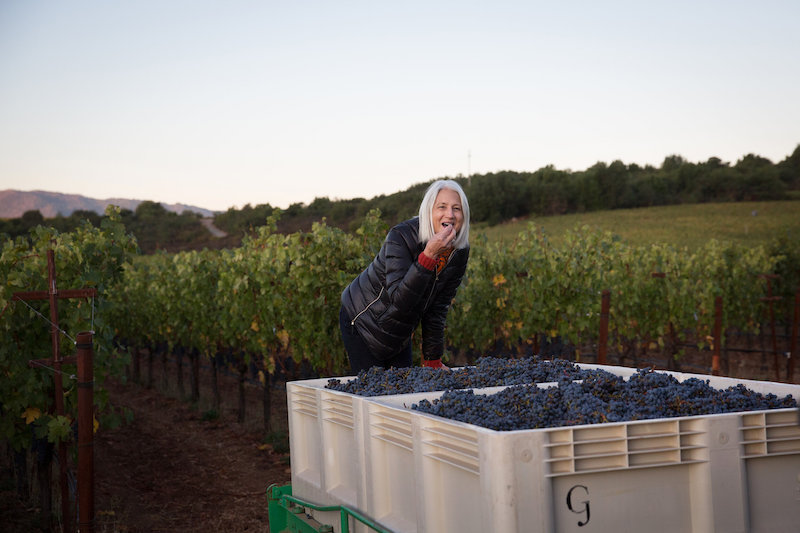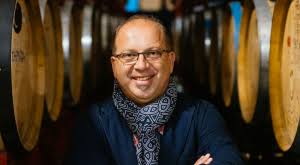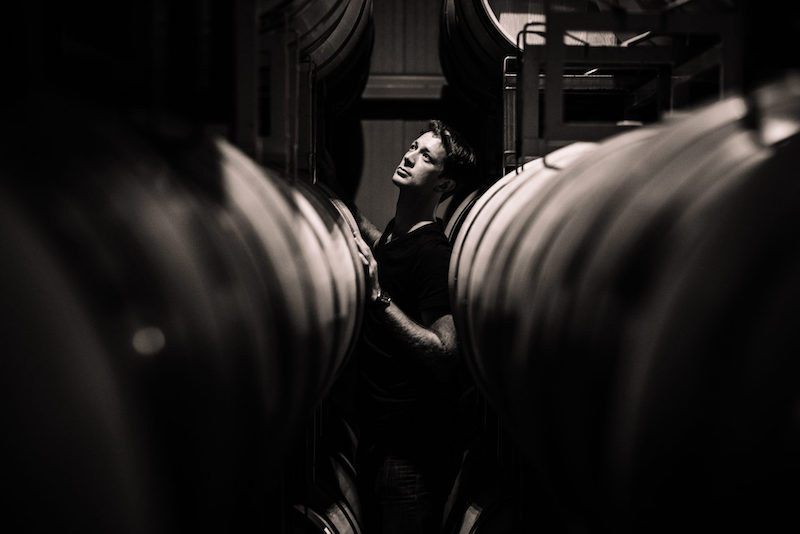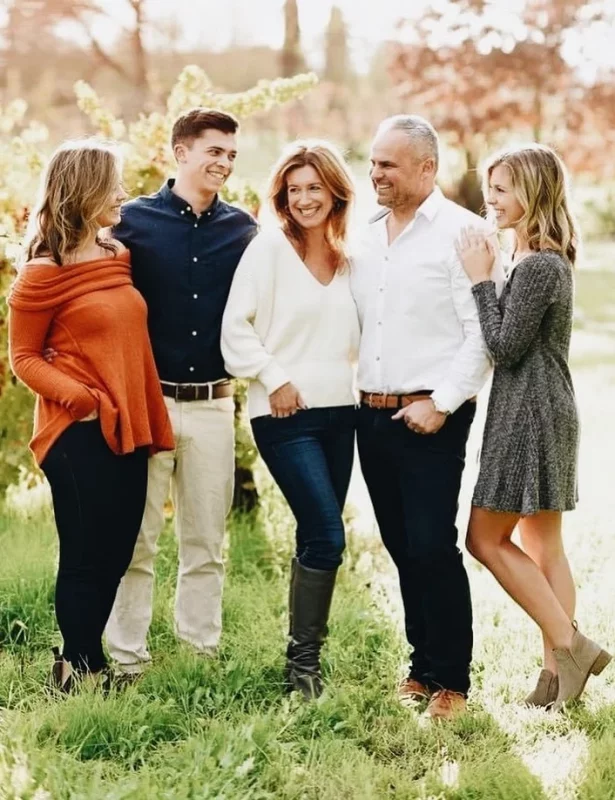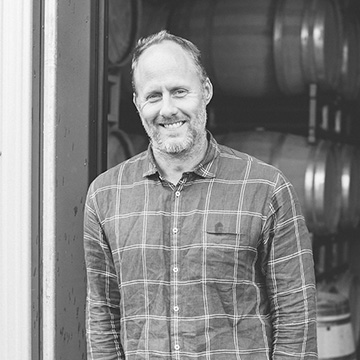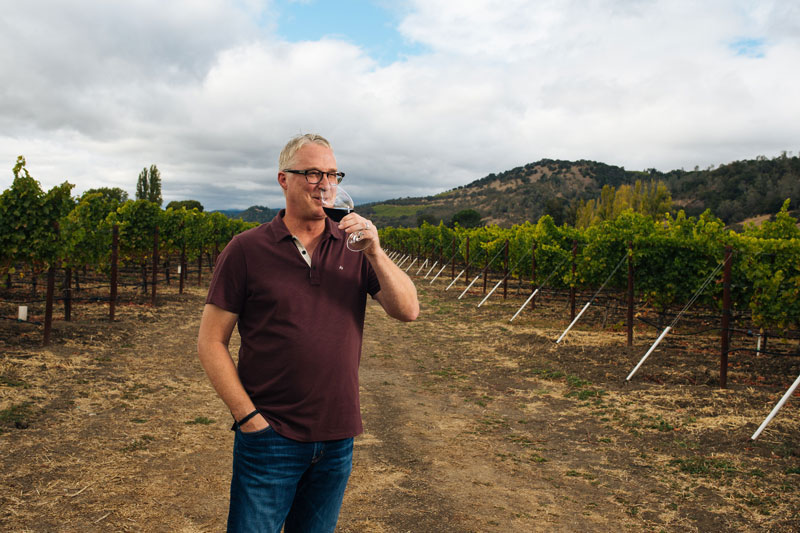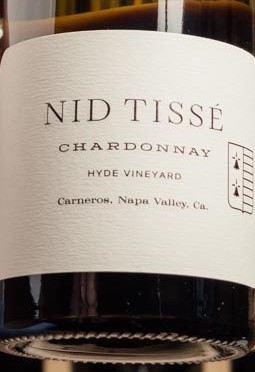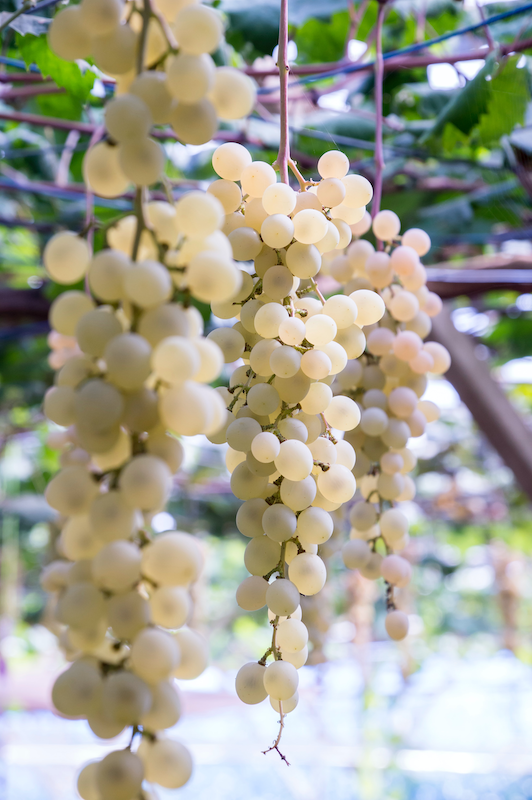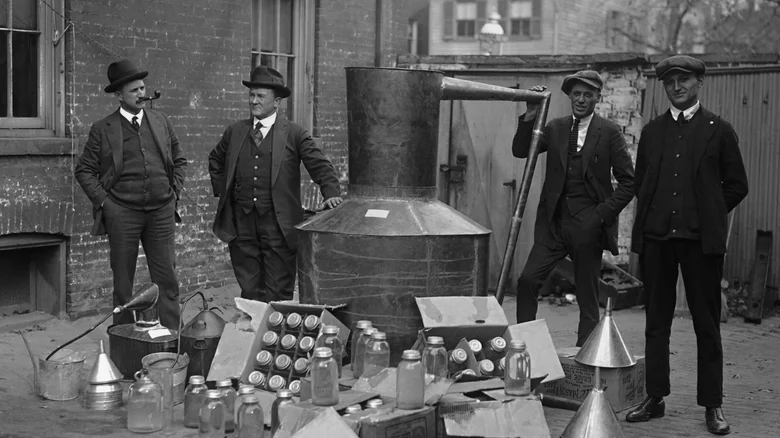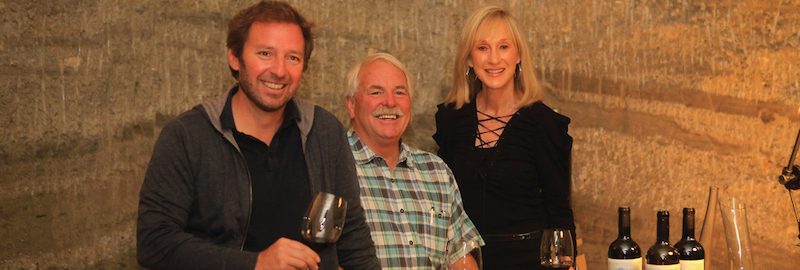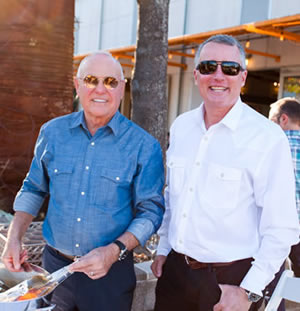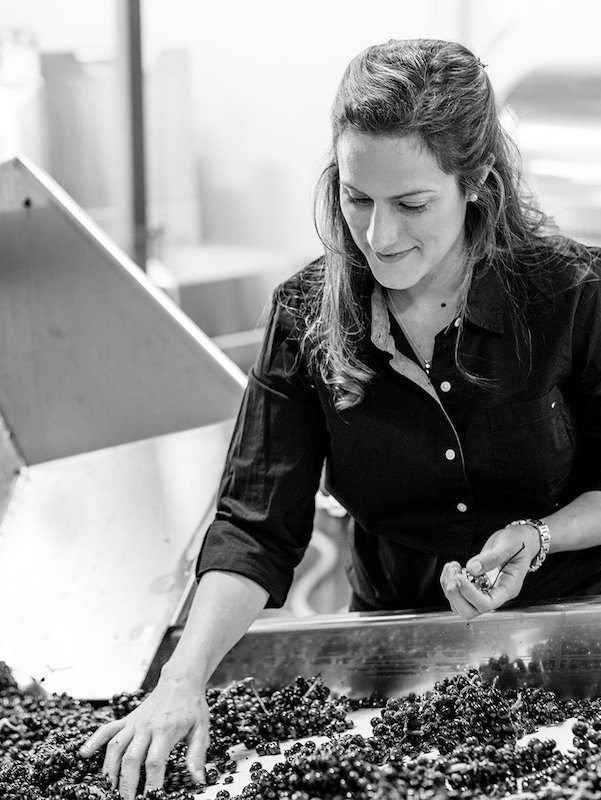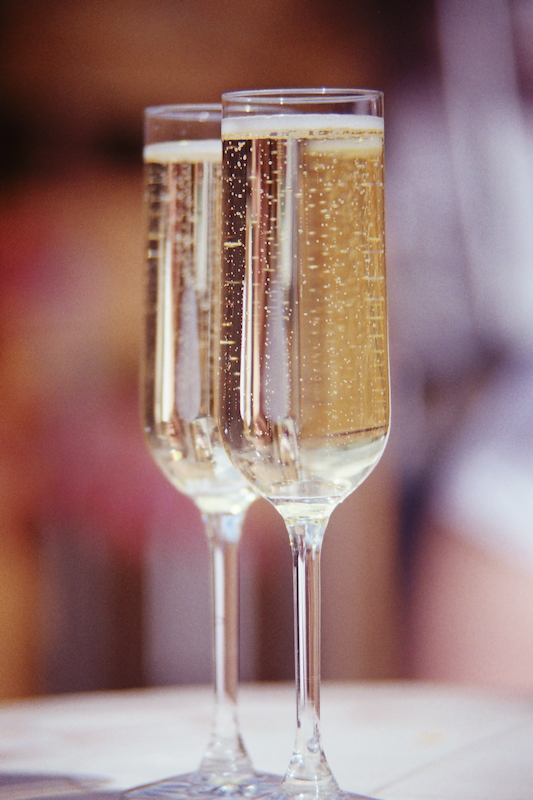Understanding Grape Clones
In viticulture, a clone is a grape variety cultivar selected for specific traits. Usually, clones are propagated at research institutions and developed for positive attributes like high yields, disease resistance, or drought tolerance. To clone a grapevine, growers or scientists take a cutting from a living vine, known as budwood, and plant or graft it. In the process, they create a new, genetically identical grapevine with the same valuable traits as its parent.
For most of history, grapevines were propagated via the massal selection method, with growers expanding their vineyards using budwood from their most successful vines. This resulted in thousands of clones, each well-adapted to the local environment. As modern technology emerged, this process began to fall out of favor. Growers instead began opting for certified virus-free grapevine clones from nurseries, which gave them greater control within each vineyard. With time, new clones developed with preferred genetic traits, without the pesky viruses and disease often unwittingly expanded via massal selection.
 |
From left to right: Ernest Wente, a key figure in the development
of Wente selection Chardonnay clones; A bottle of 1936 Pinot Chardonnay,
the first-ever varietally labeled Chardonnay in the U.S.
Photos courtesy of Wente Vineyards. |
“Clonal selection is primarily driven by production concerns because the wine grape business is a volume business,” explains Dr. Sahap Kurtural, a viticulture specialist at UC Davis. “Most clones are trialed and then selected mainly for yields, and then based on disease tolerance. For most farmers, if you can grow an abundant crop easily, it’s a win.”
The Origins of the Wente Clone
From San Francisco International airport, it takes about 45 minutes traveling east to reach the Livermore Valley AVA, the home of Wente Chardonnay. Now a blend of Bay Area sprawl and hillsides dedicated to vineyards, this small valley is the historic heartland of California
wine country.
In the 1850s, Livermore’s proximity to San Francisco—and hordes of thirsty new settlers—made it an ideal region for viticulture. Over time, it became obvious that the terroir was as valuable as the valley’s city-adjacent location. Situated east-west, the valley is unique in northern California for its ability to funnel cool Pacific breezes directly inland. Most of Livermore Valley’s vineyards lie far enough from the coast to experience warm days, yet still enjoy the ocean’s moderating influence, creating an ideal Mediterranean climate for viticulture.
During this era, Livermore was also home to Wente clone champions Charles Wetmore and Ernest Wente.
Throughout the 1880s, Wetmore held a range of positions including president and CEO of the California Board of State Viticultural Commissioners—the early organization designed to promote and enhance California’s burgeoning wine industry. He was likewise a passionate advocate for California vintners who spent time lobbying in Washington, D.C., translating and distributing French viticulture textbooks, and traveling to France to bring cuttings of noble varieties back to California. From Meursault, he returned to Livermore with Chardonnay budwood and distributed it to local vineyards, including Livermore’s Theodore Gier Vineyard.
At the same time, C.H. Wente was establishing Wente Vineyards. Though Wente declined Wetmore’s initial offer of
Chardonnay—opting for Sauvignon Blanc instead—his son Ernest was an eager student of Chardonnay. After convincing his father to plant four acres using budwood from Wetmore’s Meursault adventure, propagated at the Gier site, Ernest added vines from Montpellier, France, to his experimental block in 1912. According to the Wente family, these two sources, which mutated over time as Ernest propagated the vines, now form the genetic basis for over 75 percent of California Chardonnay.
A student at UC Davis, Ernest built relationships with the state’s leading viticulturists who encouraged his clonal selection experiments. Over time, his cooperation with these experts and the state grapevine nursery system accelerated the spread of the Wente selections.
The Evolution of the Wente Selections
Ernest set the stage for California
Chardonnays defined by their plentitude of ripe fruit flavors, thanks to his obsession with vines that produced intensely concentrated, abundantly fruity berries. Ernest’s selections were then replicated for flavor characteristics rather than yields.
“Ernest could have picked the vines that had the biggest clusters or the highest yield, but that wouldn’t have been the highest quality,” says Niki Wente, the current director of vineyards at Wente Vineyards and Ernest’s great-great-granddaughter. “So he really focused on what mattered to him, and that was the quality and flavor of the finished wines.”
Politics played a role, too. Though Chardonnay had been steadily growing in popularity in the 1920s, Prohibition destroyed the majority of California’s Chardonnay plantings, because the thin-skinned grapes couldn’t withstand shipping to home winemakers across the country.
It also likely kept the Wente selections from falling out of favor due to their lower yields and characteristic small clusters: Unlike most wineries, Wente Vineyards was authorized to produce sacramental and medicinal wine throughout Prohibition, so Ernest continued cultivating his
Chardonnay vines. According to
UC Davis research, Wente Vineyards was one of only two commercially viable Chardonnay vineyards in all of California at the close of Prohibition in 1933. The family’s vines also led to the first varietally labeled Chardonnay in American history in 1936.
The flavor and winemaking potential of Wente selections—known for small bunches, high concentration, and ripe tropical and citrus fruit flavors—soon captured the attention of UC Davis and other nearby grape growers, who then began using Wente budwood in new plantings and experiments.
 |
Steve Dutton, the owner of Dutton Ranch.
Photo courtesy of Dutton Ranch. |
In the 1960s, viticulturist Dr. Harold Olmo and plant pathologist Dr. Austin Goheen began selecting and testing promising
Chardonnay clones, proving the delicate grape could produce reliably excellent grapes if it wasn’t infected by grape viruses. Eventually this budwood from Wente and others who had propagated their own sites with Wente budwood—like the teams at Louis M. Martini, Stony Hill, and Hanzell—formed the basis for almost all of the Chardonnay clones available in California nurseries. Accelerated by the 1976 Judgement of Paris, the rapid planting of Chardonnay lasted into the 1990s when it became California’s most planted grape variety.
Creating California’s Chardonnay Style
“In the 1960s, if you wanted Chardonnay, Wente was what you got,” says Dutton Ranch owner and grape grower Steve Dutton. “I don’t think anybody was talking about clones when we were getting started, but I think that there’s a definite style of California
Chardonnay whose underlying tones probably come from the Wente clone.”
According to Dutton, who has dedicated over 200 of his 425 acres of vineyards to Wente Chardonnay selections, these clones are never high-yielding, but provide incredible grape material for premium winemaking.
“The clone is important because it’s going to give some flavors and concentration,” he says. “Wente is what we see a lot of high-end and ultra-premium wineries looking for, and even mid-range wineries because these clones have a concentration that comes through in the wines.”
The sustained desire for
Chardonnay with these characteristics has likely created the style of Chardonnay now globally recognized as Californian: Bold, full-flavored, and fruit-driven. The intensely concentrated juice from Wente selection Chardonnay grapes is also better suited to the new oak regimen historically preferred by California vintners. But regardless of individual choices like oak usage and acid-lowering malolactic fermentations, today’s full-bodied, ripe, “California-style” Chardonnays could arguably be called “Wente-style.”
“The Wente selection really steered us in a direction toward fruit-forward wines in California,” says Niki Wente. “A lot of the different clones on the market today actually can be traced all the way back to Wente.”
Research by Nancy Sweet, the staff historian at UC Davis’
Foundation Plant Services concurs. “The Wetmore budwood provided an integral component of the well-known ‘Wente clone’ plant material,” she says. “The term ‘Wente clone’ is pervasive in the Chardonnay story because many growers, as well as Dr. Olmo, obtained budwood either directly or indirectly from the Wente vineyard in Livermore.”
For now, the Wente Chardonnay legacy shows no signs of stopping. Dutton plans to meet wineries’ demands for Wente selections by expanding his plantings of the clones. At the Wente property in Livermore, the team has no plans to reduce theirs. Yet as climate change accelerates and consumer taste preferences evolve, only time—and maybe politics—will tell what the future holds for California’s most prolific
Chardonnay.
 Gallica 2019 Cabernet Sauvignon, Oakville Napa Valley
Gallica 2019 Cabernet Sauvignon, Oakville Napa Valley
